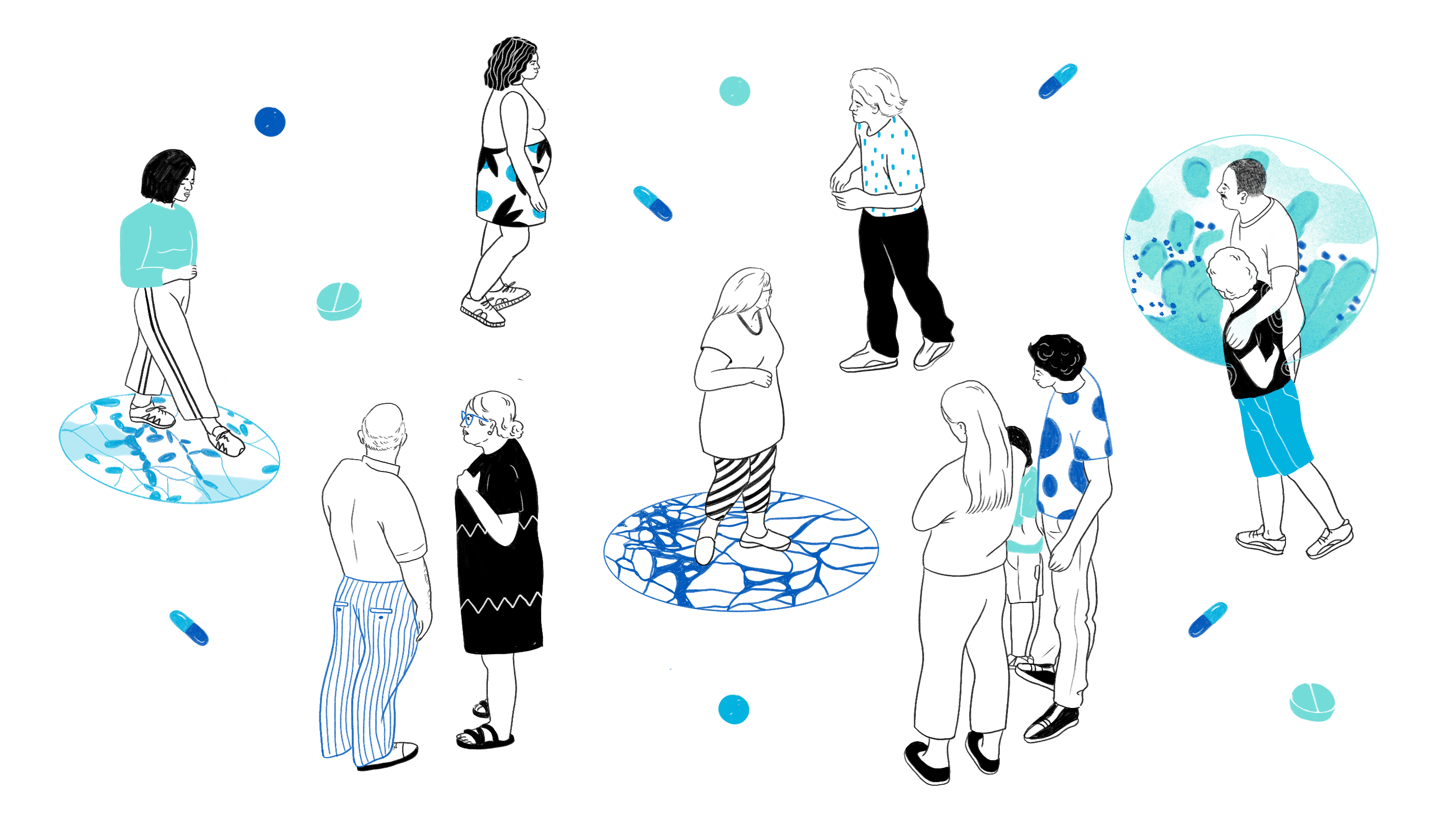- Messages
- 31,795
- Reaction score
- 5,457
- Points
- 288
What Is It Like to Live With a Rare Disease?
THE TERM RARE DISEASE IS, IN A SENSE, A MISNOMER. If all of the people with rare diseases worldwide inhabited their own country, it would be the third-largest by population, after China and India. Thirty million Americans alone—as many as suffer from Type 2 diabetes—have been diagnosed with rare diseases. “Rare diseases may individually be rare,” the National Institutes of Health (NIH) observes, “but are collectively common.” It’s for this reason the United Nations cited them in 2021 as an emerging global public-health and human-rights priority.
On average, it takes five years for someone to be diagnosed with a rare disease—a period known in the rare-disease community as “the diagnostic odyssey.” These years can be extraordinarily isolating: the hospital stays, the endless medical testing, the exclusion from physical activity and social life, and finally a diagnosis that, because of a lack of attention and resources, may be most isolating of all. In the United States, a disease is classified as rare if it affects fewer than 200,000 people. The diagnostic odyssey, for underrepresented and marginalized patient groups, can be particularly arduous, with many instances of misdiagnosis. Some 25 percent of those with rare diseases are never diagnosed.
Scientists have documented 10,000 rare diseases and identify 250 new ones every year. In the United States, 95 percent of rare diseases don’t have a treatment option, and the struggle to raise awareness often pits those with social and financial capital against those without. Since 2017, #RAREis has invited people affected by rare diseases into a community that unites, supports, educates, and empowers them. “In the U.S. alone, one in ten people is impacted by a rare disease,” says Vikram Karnani, executive vice president, Rare Disease, at Amgen. “Bringing together families who may otherwise be isolated encourages visibility, connection, and collaboration, and therefore progress, in ways big and small.”
More:

What Is It Like to Live With a Rare Disease?
Nearly 400 million people worldwide have been diagnosed with rare diseases—more than the population of the United States. #RAREis, a global program by Amgen launched in 2017, is amplifying their voices, providing a global online community and an opportunity to be heard. Illustrations by Michelle...
